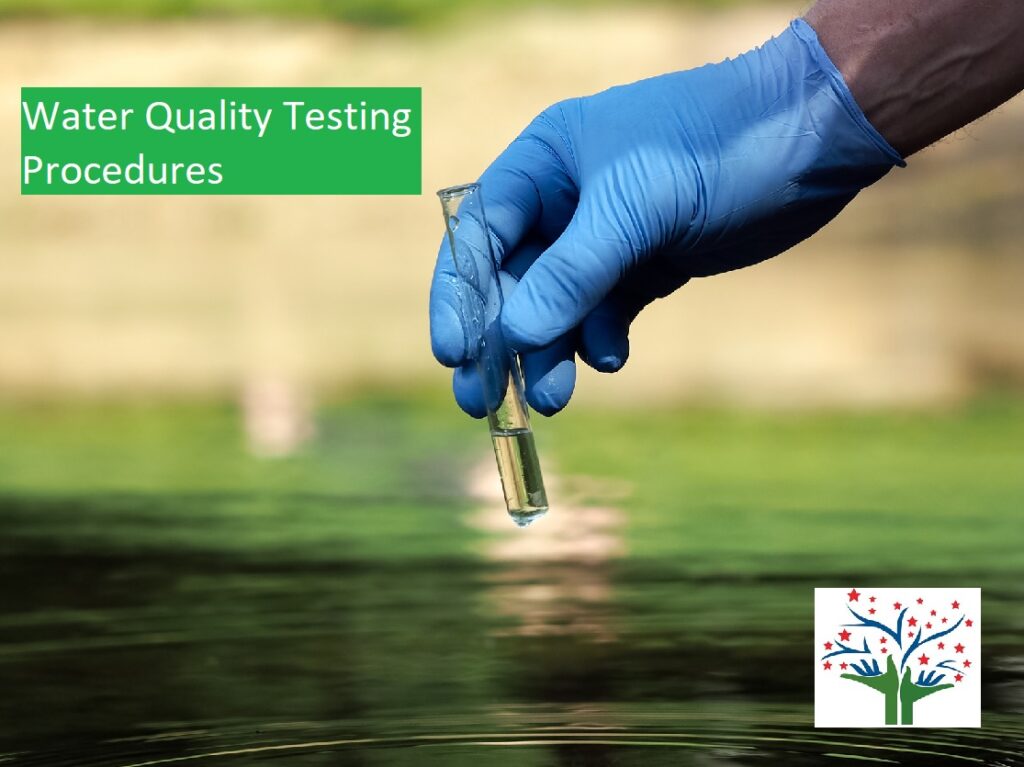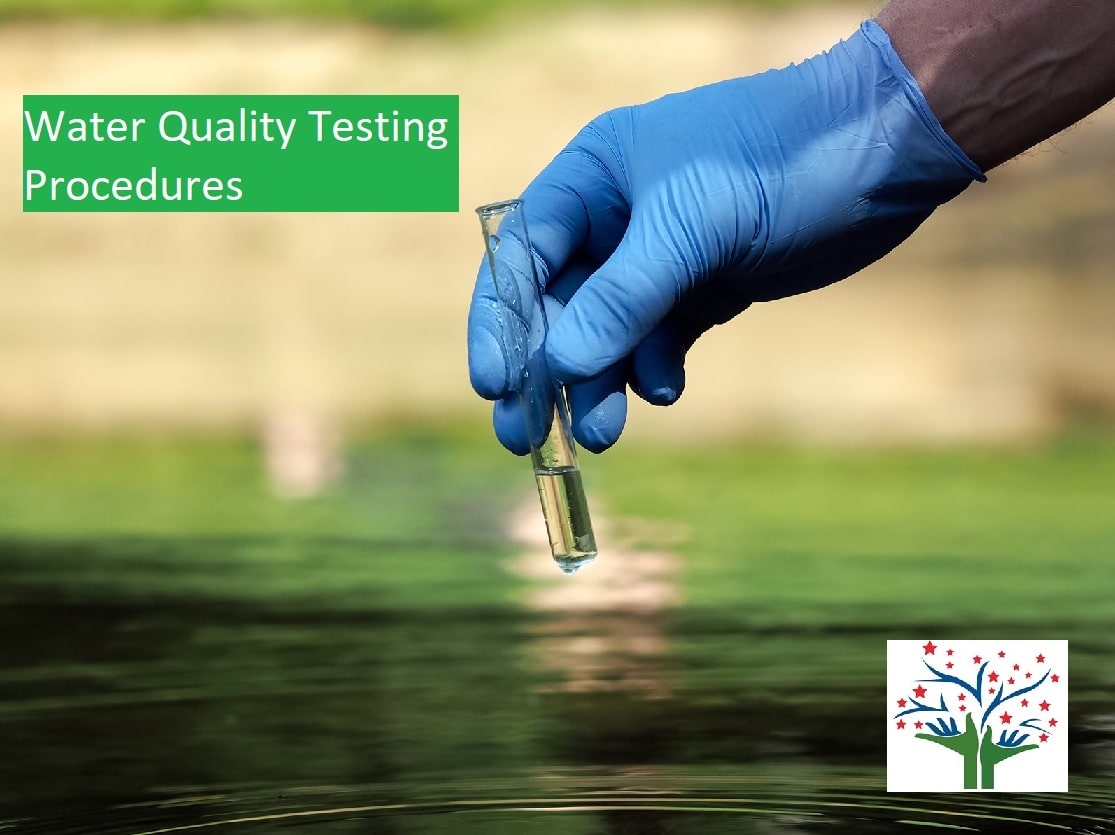Water Quality Testing Procedures
Water quality testing procedures play a crucial role in ensuring the safety and suitability of water for various purposes. These procedures involve a series of steps to assess the physical, chemical, and biological characteristics of water. By analyzing different parameters, such as temperature, pH, dissolved oxygen, and contaminants, these tests provide valuable information about the quality of water sources. In this article, we will delve deeper into water quality testing procedures, covering sampling techniques, physical and chemical parameter measurements, biological indicators, laboratory analysis, and data interpretation.

Sampling (Water Sample Collection)
The first step in water quality testing is sampling. Proper sampling techniques are essential to ensure representative results. Water samples are collected from the source being tested, which can include rivers, lakes, wells, or taps. The selection of sampling points should consider factors such as the location of potential contaminants and the intended use of the water. Samples are collected in sterile bottles or containers following specific guidelines to prevent contamination.
Physical Parameters
Physical parameters are assessed to understand the appearance and clarity of the water. These parameters provide initial indications of water quality issues. Measurements may include temperature, turbidity (cloudiness), color, odor, and taste. Temperature can influence the biological processes in water bodies, and abnormal readings may indicate pollution sources. Turbidity is a measure of suspended particles and can affect light penetration, thereby impacting aquatic ecosystems. Unusual color, odor, or taste may suggest the presence of contaminants or pollutants.
Read more about Drinking water quality testing
Chemical Parameters
Chemical parameters are crucial in determining water quality. Various tests are conducted to assess the composition and contamination levels in the water.
pH
The pH level measures the acidity or alkalinity of the water and can affect the solubility of substances and the survival of aquatic life.
Dissolved oxygen (DO)
Dissolved oxygen (DO) indicates the amount of oxygen available for aquatic organisms, and low levels can lead to the death of sensitive species.
Conductivity
Conductivity measures the ability of water to conduct electrical current, which can indicate the presence of dissolved solids or salts.
Total Dissolved Dolids (TDS)
Total dissolved solids (TDS) measure the concentration of inorganic and organic substances dissolved in water, including salts, minerals, and other compounds.
Nutrients
Nutrient testing is important to identify excess levels of nitrates, phosphates, and other nutrients that can cause eutrophication, leading to harmful algal blooms and oxygen depletion.
Heavy Metals
Heavy metals such as lead, mercury, arsenic, and others are tested due to their potential toxicity even at low concentrations.
Learn more about Surface Water Quality Testing
Biological Parameters
Biological parameters provide insights into the presence of microorganisms, including bacteria, viruses, and parasites. Fecal coliform or E. coli bacteria are commonly used as indicators of fecal contamination, which can originate from human or animal waste. Presence of these indicators suggests a potential health risk to humans if the water is used for drinking, swimming, or irrigation.
Additional Tests Required in Water Quality Testing Procedures
Additional tests may be conducted based on the specific requirements of the water source or the intended use of the water. For example, tests for specific contaminants such as pesticides, herbicides, volatile organic compounds (VOCs), or industrial chemicals might be performed. These tests are particularly important when there are known pollution sources or concerns about specific contaminants in the area.
Laboratory Analysis
After sample collection, the water samples are transported to a laboratory for analysis. Certified laboratories employ specialized equipment and techniques to perform accurate and precise measurements. Some tests can be conducted on-site using portable testing kits, which are particularly useful in remote areas or during emergencies.
Data Interpretation in Water Quality Testing Methods
Once the laboratory analysis is complete, the test results are compared against regulatory standards or guidelines to determine compliance. Data interpretation involves evaluating the results to identify any potential water quality issues or health risks. If the water quality does not meet the required standards, appropriate measures should be taken to address the identified problems and ensure the safety of the water.
Water Quality Testing Procedures
Water quality testing procedures are vital for monitoring and managing water resources. They help identify potential risks to human health, assess the impact on aquatic ecosystems, and guide decision-making for water treatment and resource management. Qualified professionals with expertise in water quality analysis should perform these tests to ensure accuracy and reliable results. Continuous monitoring and periodic testing are recommended to ensure ongoing water quality control and protection of public health and the environment.

